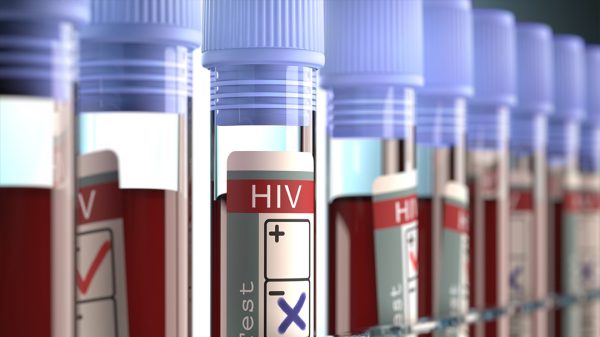Exposure to bullying activates the socioemotional distress system, as well as networks processing social and sensory information, bodily sensations, and motor actions. These responses – which are consistent across adolescents and adults – reveal how bullying induces a state of stress or alarm in the central nervous system, highlighting the adverse and threatening nature of bullying.
This is according to a study study – “Exposure to Bullying Engages Social Distress Circuits in the Adolescent and Adult Brain” by Birgitta Paranko, Claire Garandeau, Kerttu Seppälä, et al – that appeared in The Journal of Neuroscience.
There are already efforts, and thus advances, in the understanding of the psychological and social consequences of peer victimization, according to the researchers. And yet, “the immediate effects of bullying on the central nervous system remain elusive.”
Here, therefore, the researchers mapped the neural and attentional responses to simulated bullying in adolescents and adults, and tested whether these responses are associated with real-life victimization experiences. Fifty-one adolescents (29 females, 22 males) aged 11–14 years, and 47 adults (29 females, 18 males) underwent a functional MRI (fMRI) while watching first-person videos of bullying (victimization) in the school environment, as well as neutral and positive social interactions in a similar setting. Additionally, 57 adults (36 females, 21 males) watched the same videos during an eye tracking experiment.
The researchers found:
-Exposure to bullying versus positive social interaction engaged the socio-emotional and threat response systems, as well as regions related to social cognition, sensory and interoceptive processing, and motor control.
-These responses were consistent across adolescents and adults and were associated with the current and past victimization experiences of the participants.
-This large-scale activation of neural systems subserving socioemotional, somatosensory, and interoceptive processing was in line with the amplified emotional and attentional responses revealed by larger pupil size and higher fixation frequency during simulated bullying in the eye tracking experiment.
“Altogether these results highlight how peer victimization evokes a state of stress or alarm in the central nervous system, highlighting the adverse and threatening nature of bullying,” the researchers stated.

































































